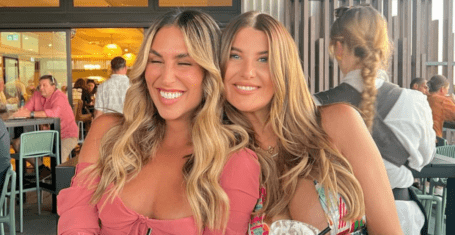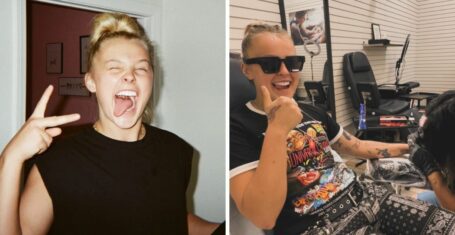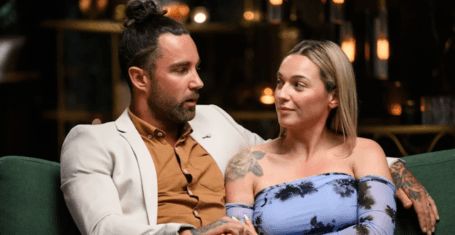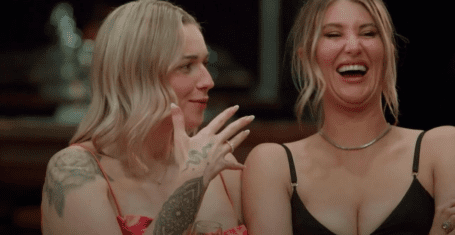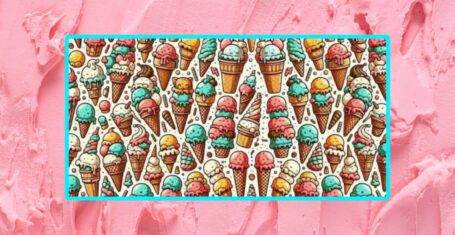
The death of the subculture
Where did the emos go?
After I came to Cambridge, I began to think of identity as gender, race, class, sexuality; all of those important constituent parts of a person.
I read about Judith Butler, I read Varsity and I changed. However, when sat at the dinner table the other day, my friend asked me if, as a pubescent youngling, I had identified as an emo. I remembered how passionately I did identify as such; the frustration felt by the frequent misidentification I experienced as a twelve year old when the ignorant majority (who hasn’t listened to My Chemical Romance) would call me a mosher, which I found inherently offensive due to the fact that moshers always looked like the love children of Hagrid and a shit tattoo artist.
I had forged these actions and image into something that I maintained as part of me. Then I realised, where have they all gone? Where are the emos, the chavs? They were the safe spaces of the 2000s; a place where you could embrace whatever you decided, and were accepted by those like you. Where are those little components of our youth culture? Did they die and rot away slowly, or are they on life support, trying to stay alive?
Throwback
I think a subculture did a certain job. It identified and classified, as seen in practise in films such as Clueless (1995) or Mean Girls (2004), where introductions are made based on group or subculture. Whilst it ensured that this labelling was of excessive importance, this consequently ensured that identities were forged for the lost. Being thirteen years old is potentially the scariest thing ever: it is a car crash; you feel alone, alien and, sometimes, like some kind of ghost, feeling everybody else make their imprint on you, whilst not being able to see your own reflection.
I found that being an ‘emo’ meant that I had friends who felt similarly to me, and allowed for me to talk and have people that automatically would listen because I wore slip on Vans. I now, embarrassingly, think of how I read the quintessentially emo ‘The Catcher In The Rye’ and about the intensity with which I related to Holden. This was, however, what I needed when I was thirteen; I needed to know that everything that I felt had been felt before and that it would pass, and that I would one day feel normal. I needed to know that angst wasn’t a disease.
Subcultures also, most important, allowed for rebellion. The ‘emo’ used to dye their hair black with shitty hair dye, leaving it ginger; the ‘chav’ would smoke fags behind the bike sheds until the IT teacher would come along and confiscate the cigs that someone in Year 11 had nicked from their mum; the ‘indie kid’ would customise their uniforms and would get DT’s for doing so; the metalheads never washed their hair.
All of these things as individual acts are so minor, so indescript and unimportant, yet, at the time, to be a part of a subculture felt like being a part of some overwhelmingly small revolution against authority; against the bored, coffee drinking teachers and caring parents. Subcultures would attempt to set alight a system they felt was pitted against them. Of course, to everyone else, they were stupid teenagers: testing the waters of life from the comfort of their suburban home, conventionally rebelling against what they knew and needed. But all these things are important: rebellion and identity and feeling like you’re part of something special.
Are expressions of subculture gone?
Subcultures no longer excite or rebel. When I went to Berlin, everybody seemed to be a part of a singular subculture; the hip, capitalist yuppie who dresses as if they own an allotment. They were not individualised, or special, or different – they were instead part of a culture; one that is homogenous and conformist. The hipster, perhaps one of the remaining ‘subcultures’ is as boring as it possibly gets: they are less Kurt Cobain and more Avril Lavigne; they look interesting, but it is vapid and as punk as it is to say you are punk. They therefore no longer exist.
I wonder if we have moved on from subcultures? Are they dead? My friend suggests it’s because we live in a post 9/11 era of neo-Conservatism (whatever that means) that nobody wants to rebel further, as demonstrated through the modern absence of the heroin shooting, hotel room trashing rockstar. Maybe it’s just not cool anymore. Perhaps we have transcended from the necessity of subcultures.
I think subcultures have been replaced by a conservative, online equivalent – online aestheticism. Instead of walking the streets or the school corridors in identifying symbols of your subcultural identity, you can go on Instagram and develop your aesthetic. Do you take black and white filtered photographs of brutalist architecture? Do you wear Ralph Lauren caps? Do you contour and highlight? The internet developed, and young people did too. They can consequently skip these embarrassing phases of belonging to a subculture: they are more aware; they wear streetwear and Missguided and they can see Kim Kardashian and now how to look good, sophisticated and what makeup to buy. It’s no longer about being different; it’s about being the best.
On Wednesday’s we were pink (caps)
I think I feel like young people have grown up quicker than I did. I felt being thirteen. I feel like I may not have felt that at the time had I used Instagram and saw what was success and what was desirable. I think those subcultures were the last bridge between our innocence and naivety and our being young adults, and I think they may have been burnt down. I grew out of being emo. I think I started to see beyond it, and decided to shun it, leaving it behind, not looking behind to wave it off.
I think I still miss it a bit.





















